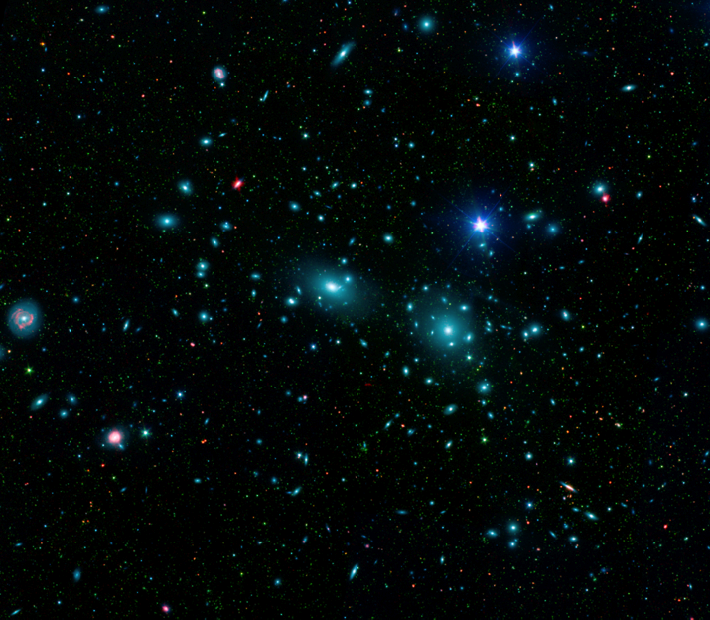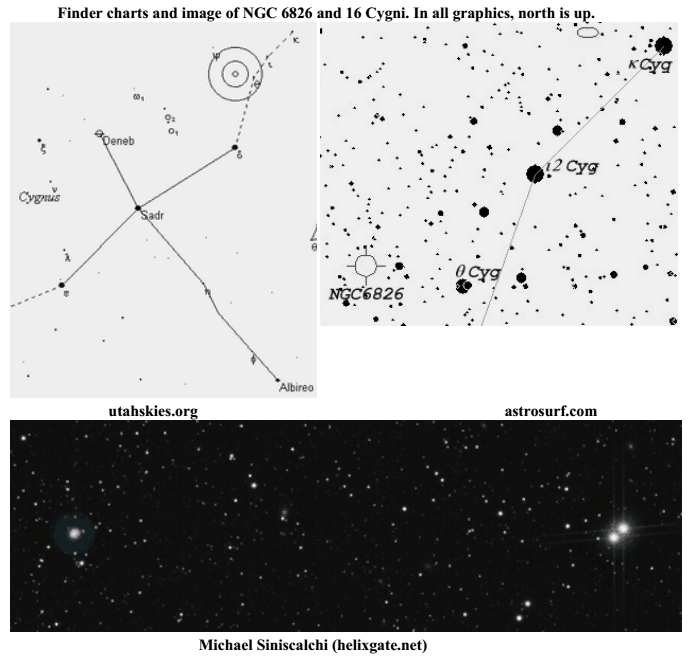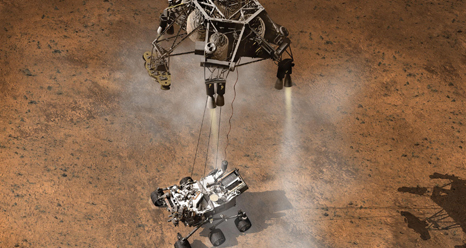Inventing Astrophotography: Capturing Light Over Time
By Dr. Ethan Siegel
We know that it’s a vast Universe out there, with our Milky Way representing just one drop in a cosmic ocean filled with hundreds of billions of galaxies. Yet if you’ve ever looked through a telescope with your own eyes, unless that telescope was many feet in diameter, you’ve probably never seen a galaxy’s spiral structure for yourself. In fact, the very closest large galaxy to us, Andromeda, M31, wasn’t discovered to be a spiral until 1888, despite being clearly visible to the naked eye! This crucial discovery wasn’t made at one of the world’s great observatories, with a world-class telescope, or even by a professional astronomer; it was made by a humble amateur to whom we all owe a great scientific debt.
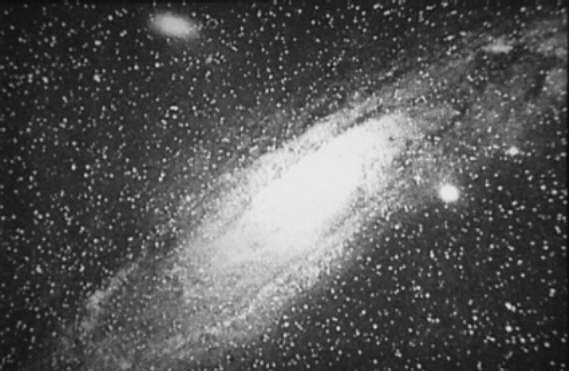 Beginning in 1845, with the unveiling of Lord Rosse’s 6-foot (1.8 m) aperture telescope, several of the nebulae catalogued by Messier, Herschel and others were discovered to contain an internal spiral structure. The extreme light-gathering power afforded by this new telescope allowed us, for the first time, to see these hitherto undiscovered cosmic constructions. But there was another possible path to such a discovery: rather than collecting vast amounts of light through a giant aperture, you could collect it over time, through the newly developed technology of photography. During the latter half of the 19th Century, the application of photography to astronomy allowed us to better understand the Sun’s corona, the spectra of stars, and to discover stellar and nebulous features too faint to be seen with the human eye.
Beginning in 1845, with the unveiling of Lord Rosse’s 6-foot (1.8 m) aperture telescope, several of the nebulae catalogued by Messier, Herschel and others were discovered to contain an internal spiral structure. The extreme light-gathering power afforded by this new telescope allowed us, for the first time, to see these hitherto undiscovered cosmic constructions. But there was another possible path to such a discovery: rather than collecting vast amounts of light through a giant aperture, you could collect it over time, through the newly developed technology of photography. During the latter half of the 19th Century, the application of photography to astronomy allowed us to better understand the Sun’s corona, the spectra of stars, and to discover stellar and nebulous features too faint to be seen with the human eye.
Working initially with a 7-inch refractor that was later upgraded to a 20-inch reflector, amateur astronomer Isaac Roberts pioneered a number of astrophotography techniques in the early 1880s, including “piggybacking,” where his camera/lens system was attached to a larger, equatorially-mounted guide scope, allowing for longer exposure times than ever before. By mounting photographic plates directly at the reflector’s prime focus, he was able to completely avoid the light-loss inherent with secondary mirrors. His first photographs were displayed in 1886, showing vast extensions to the known reaches of nebulosity in the Pleiades star cluster and the Orion Nebula.
But his greatest achievement was this 1888 photograph of the Great Nebula in Andromeda, which we now know to be the first-ever photograph of another galaxy, and the first spiral ever discovered that was oriented closer to edge-on (as opposed to face-on) with respect to us. Over a century later, Andromeda looks practically identical, a testament to the tremendous scales involved when considering galaxies. If you can photograph it, you’ll see for yourself!
Astrophotography has come a long way, as apparent in the Space Place collection of NASA stars and galaxies posters at http://spaceplace.nasa.gov/posters /#stars.
Image caption:
Great Nebula in Andromeda, the first-ever photograph of another galaxy. Image credit: Isaac Roberts, taken December 29, 1888, published in A Selection of Photographs of Stars, Star-clusters and Nebulae, Volume II, The Universal Press, London, 1899.
 Bill's talk, "Navigating the Milky Way Galaxy," will highlight the Milky Way as it appears in our sky and as it could possibly look if viewed from afar. Along the way he will highlight a host of spectacular nebulae, star clusters, and other galactic objects that continue to fascinate both professional astronomers and the curious public.
Bill's talk, "Navigating the Milky Way Galaxy," will highlight the Milky Way as it appears in our sky and as it could possibly look if viewed from afar. Along the way he will highlight a host of spectacular nebulae, star clusters, and other galactic objects that continue to fascinate both professional astronomers and the curious public.
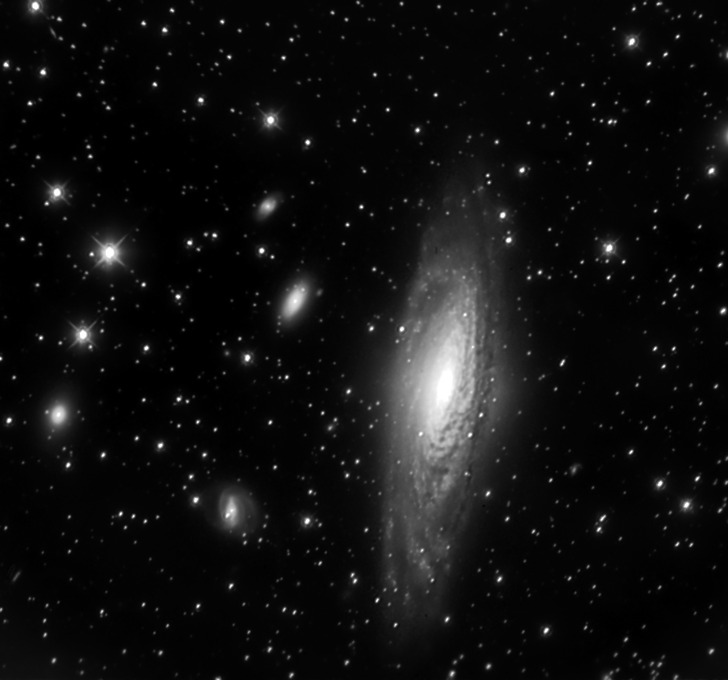
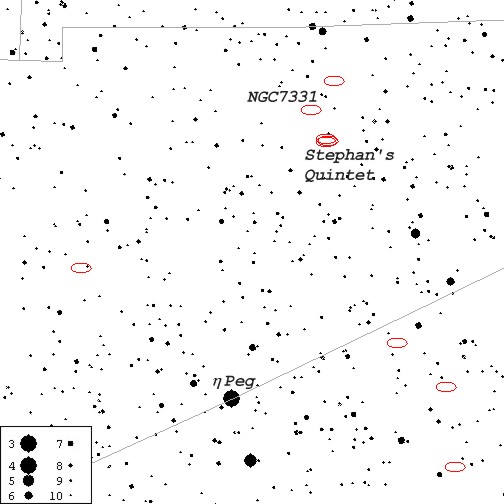
 October will mark the tenth anniversary of the Gloucester Area Astronomy Club! To celebrate we're having a special "10 years of GAAC" program at our Friday, October 11 meeting, followed by observing (weather permitting), right there on the lawn at the Lanesville Community Center.
October will mark the tenth anniversary of the Gloucester Area Astronomy Club! To celebrate we're having a special "10 years of GAAC" program at our Friday, October 11 meeting, followed by observing (weather permitting), right there on the lawn at the Lanesville Community Center.